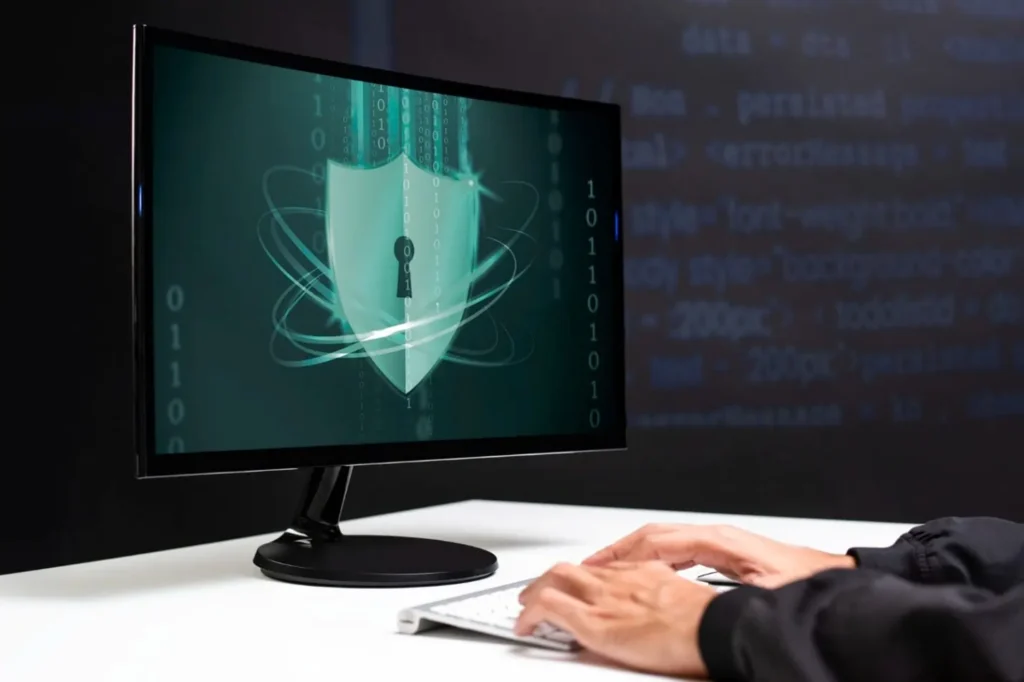Table of Contents
ToggleEndpoints are now one of the most susceptible components of the IT infrastructure in an organization due to the prevalence of remote working, mobile devices, and cloud computing in business. Cybercriminals looking to take advantage of vulnerabilities and have unauthorized access to sensitive data may have laptops, desktops, smartphones, and IoT devices as a potential entry point. Enhancing endpoint security is thus essential in securing your organizational digital assets and sustaining the business.
Why Endpoint Security Matters More Than Ever
The contemporary workplace is based upon inter-connected gadgets, and the connectivity has broadened the attack area of cyber threats. One breached endpoint has the potential to become a point of entry to your whole network and result in data breaches, ransomware attacks, and financial damages. As cyberattacks become more advanced, multi-layered endpoint protection is an active measure that organizations should take to protect their systems, as opposed to using the traditional antivirus software.
1. Implement Strong Access Controls and Authentication
The endpoint threats are first defended against by access control. Secure your network, make sure only authorized users and devices gain access to it through a strict password policy and multi-factor authentication (MFA). MFA is very effective in alleviating the threat of unauthorized access despite the compromise of credentials. Also, look at role-based access controls (RBAC) to restrict the access of users depending on their job duties.
2. Keep Systems Updated and Patched
Outdated software is one of the most common vulnerabilities cybercriminals exploits. Regularly updating operating systems, applications, and firmware is essential for closing security gaps. Automating this process with patch management tools can greatly reduce the risk of human error and ensure timely deployment of critical updates. By maintaining an up-to-date IT environment, you not only enhance security but also improve overall system performance and reliability.
3. Deploy Endpoint Detection and Response (EDR) Solutions
EDR solutions offer real-time monitoring, threat detection, and automated responses of the endpoints. They do not just rely on the conventional antivirus software that scans behavior patterns and detects suspicious activity prior to its culminating in a breach. Combining EDR with your larger security ecosystem would enable quicker threat remediation and increased insight into potential vulnerabilities within the network.
4. Encrypt Data on All Devices
Endpoints endpoint security involves data encryption which is very important. Where a device may be lost or stolen, encryption will make sure that the sensitive information cannot be read by unauthorized users. Introduce encryption of the whole disk of all the company devices and adopt policies of encryption of data in transit and during rest. This assists with avoiding expensive data breaches and regulatory breaches to your organization.
5. Train Employees on Cybersecurity Best Practices
Human error has been one of the largest security threats to any organization. By teaching the employees about safe online behavior, phishing as well as appropriate use of devices, one can greatly decrease the chances of successful cyberattack. Training and phishing simulations help employees to stay on top of good security practices and prevent them from getting used to simulated phishing.
6. Automate Security Management Processes
Handling endpoint security is a time-consuming task that is also subject to oversight. Automation improves uniformity and performance in your security activities. With patch management and other automation solutions, you can be guaranteed a persistent level of protection, shorter response time, and a situation whereby your IT department can concentrate on the strategic projects instead of the redundant activities.
Conclusion
Ensuring endpoint security is a continuous process which will involve a mixture of technology, policies, and user awareness. Your organization can create an effective defense against the contemporary cyber threats by employing robust access control, maintaining the systems in a well-maintained environment, implementing EDR solutions, data encryption, and investing in training the staff. This protection is further augmented by automation and the correct security tools that aid in keeping up with attackers and protecting the most valuable digital assets.
Read more: Understanding Polish Citizenship by Descent: A Comprehensive Guide
SASSA Status Check: Your Complete Guide to Tracking Payments and Application Updates in South Africa
Future-Proofing Digital Infrastructure With Proactive Application Monitoring

